Lenses are everywhere in modern life. We wear them on our noses, use them in our mobile cameras and employ them in all kinds of projection and lighting applications. We all know the basic fixed lens like that of our simple reading or magnifying glasses and we know that cameras can focus on various distances by cascading lenses and moving them relatively to one another. Multi focus solutions require either complicated micro mechanics (as in our mobile phones), or imaging compromises (as in our progressive reading glasses). The lenses developed at CEMDATIC have the potential of changing this, providing focal tunability without compromising image or light beam quality, and completely without moving parts.
The lenses are flat, and the tuning is controlled by the application of electrical fields to passive internal electrodes similar to those employed in a pocket calculator display.
The Applied Photonics Group from the CEMDATIC research centre at the UPM Superior Telecommunications school develop a new type of flat tuneable lenses based on liquid crystal technology with applications ranging from microscopes and telescopes to digital cameras and LIDAR

The new lenses are based on stacking two optical elements (a spiral phase plate and a spiral diffractive lens), that separately induce a so-called optical vortex, but that when stacked, emulate a diffractive lens.
• The disruptive idea behind these lenses is rather simple: The design process of spiral diffractive lens involves the addition of a spiral phase plate and a diffractive lens. In the implementation we reverse that: What is added in the design, is subtracted in the implementation.
• Even better, the same cascaded device, can emulate a whole range of lenses, simply by the electrically addressing it differently. In the implemented version this implies applying different low voltages to each of the two times 24 electrodes that control the device. We can change the focus by changing the applied voltages.
Controlling 48 liquid crystal electrodes is not a challenge, considering that most liquid crystal displays in a computer screen, TV or mobile phone, include several millions of pixels. Similarly the speed of the liquid crystal is such that in camera applications sequential capture of the primary colours (RGB) can eliminate any chromatic aberration in the lens system completely.
The invention is an example of a simple implementation, with a common use, of the concept of optical vortices, a.k.a. optical angular orbital momentum. We employ the fact that optical angular orbital momentum can be induced and eliminated by cascading devices. The spiral electrode patterns enable peripherical contacts, which simplify and cheapens any large scale manufacturing cost.
Geday, M. A., Caño‐García, M., Otón, J. M., Quintana, X., Adaptive Spiral Diffractive Lenses—Lenses With a Twist. Adv. Optical Mater. 2020, 2001199. https://doi.org/10.1002/adom.202001199
Aditional data: low voltage (<10V), high fill factor (98%), low power consumption (comparable to a digital wrist watch), Large diameter (25mm diameter), 4-8 dioptres tuning range.
The Universidad Politécnica de Madrid has registered the Spanish patent ES2711456 (A1).



